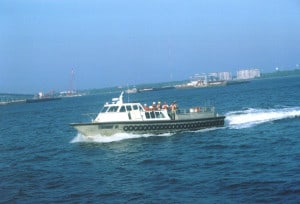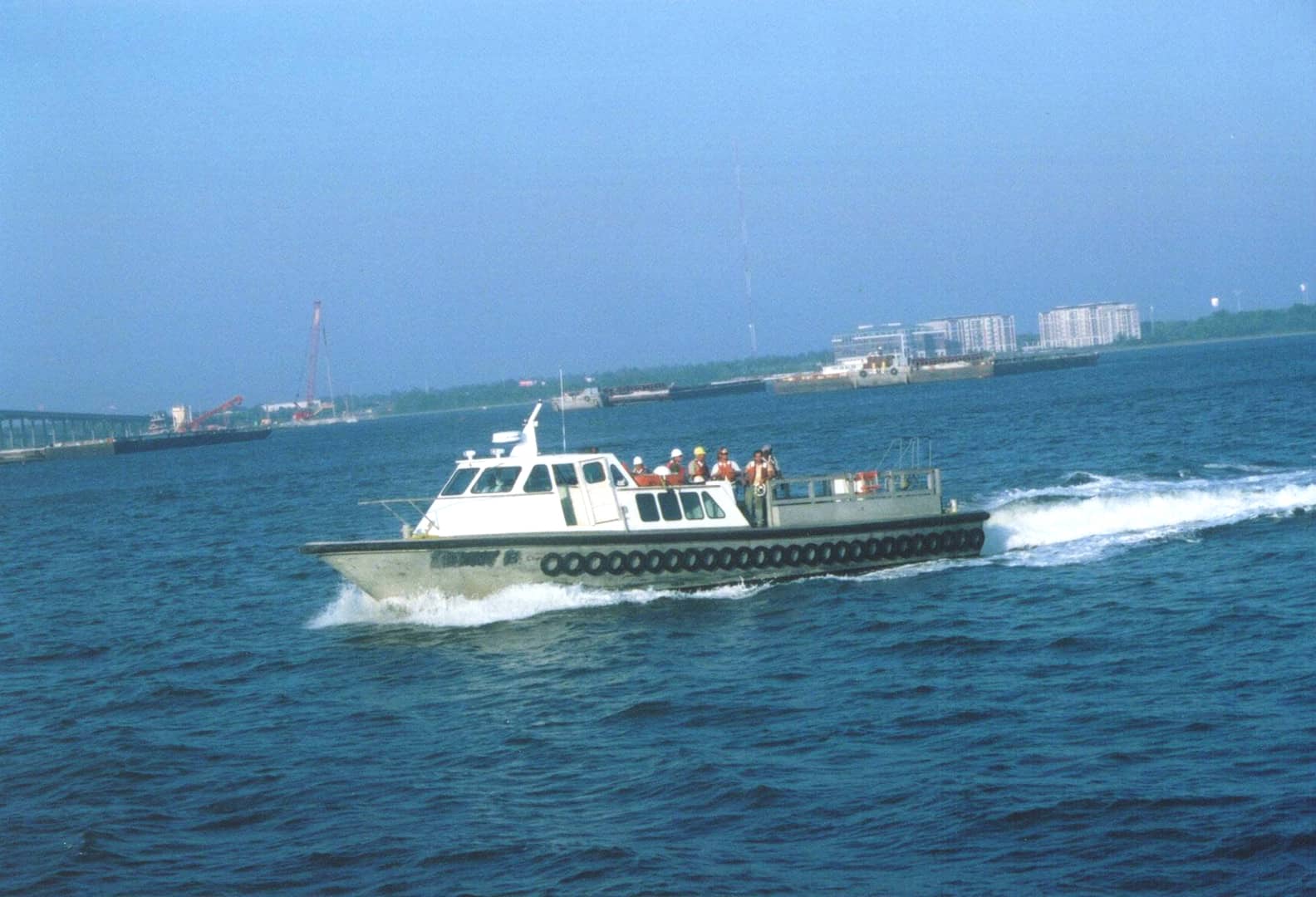Good morning to Captain or crew alike and welcome to the Admiralty Docket. Today, our subject is seamen: wards of

the admiralty courts.
Members of a crew employed upon a vessel which operates on navigable waters are called seamen, regardless of the size of the vessel or the duties of employment. Many workers, far removed from the traditional work of seamen, are classified as seamen under the admiralty laws. Even bartenders, beauticians, musicians, and palm readers have been found to be seamen, when employed aboard a cruise ship.
Seamen are protected as wards of the admiralty courts. Judges are extremely liberal in the application of laws to protect them. The reasons for the protection of seamen are related to the dangers and hardships traditionally faced by seamen in their jobs and to the benefits of seamen’s work to maritime commerce and to national defense.
As Judge Biggs stated in Jones v. Waterman Steamship Corp., “the relationship of the shipowner to the seaman is more closely analogous to that of father and child than to that of an employer to a mere employee.” This sentiment has been embraced time and time again by the admiralty courts, if not in word, then in deed, and most recently in a FELA case decided by the United States Supreme Court, CSX Transp. v. McBride (FELA and its judicial decisions are incorporated by the Jones Act into the admiralty realm). In upholding the traditional interpretation of the FELA rule that a seaman is not required to show that an employer’s acts or omissions were the “proximate cause” of his injuries, but rather only that the employer’s “negligence played a part—no matter how small—in bringing about the injury”. This “featherweight causation” standard has come to be an important concept for maritime attorneys – both in pursuing and defending Jones Act claims.
Seamen are commonly described by the admiralty courts as “poor and friendless and apt to acquire habits of gross indulgence, carelessness, and improvidence.” Time and again seamen are able to live up to the full measure of this description.
The seaman who falls ill or who is injured while under articles or subject to the call of duty is entitled to maintenance and cure. The vessel herself and her owner are liable for the payment of maintenance and cure without regard to fault.
The very conduct by landlubbers which is condemned as “assault and battery of a high and aggravated nature” if committed by a seaman becomes “only horseplay.” A seaman’s negligence, drunkenness, fighting, or horseplay are routinely overlooked with appropriate remarks about “the classic predisposition of sailors ashore.” One court awarded maintenance and cure to a seaman on shore leave in Yugoslavia who suffered a broken leg in jumping from the second story window of a brothel following a dispute over financial arrangements. Only willful misconduct of the seaman will forfeit his rights to maintenance and cure.
A seaman is entitled to wages up to the end of the voyage or to the end of the articles, even though unable to work. If his injury results from the unseaworthy condition of a vessel, he has a right of action for liability without fault against the vessel and her owner under the general maritime law. If his injury results from the negligence of his employer, the seaman has a right of action against his employer under the Jones Act.
The shipowner may even be held responsible for maintenance and cure for a preexisting illness, so long as the sailor did not knowingly conceal his condition at the time of employment. In avoiding any finding of knowing concealment, the Courts have endowed seamen with what has come to be called “an invincible ignorance.”
If you are a master or member of the crew of a vessel and need to consult with an attorney regarding your rights under the Jones Act and the General Maritime Law, call or
email us today for a free consultation.
More next week on the Admiralty Docket. Until then, remember that your rights and responsibilities may change as you approach the shore and may God Almighty grant you pleasant sailing.
 the admiralty courts.
the admiralty courts.
 the admiralty courts.
the admiralty courts.
 the admiralty courts.
the admiralty courts.